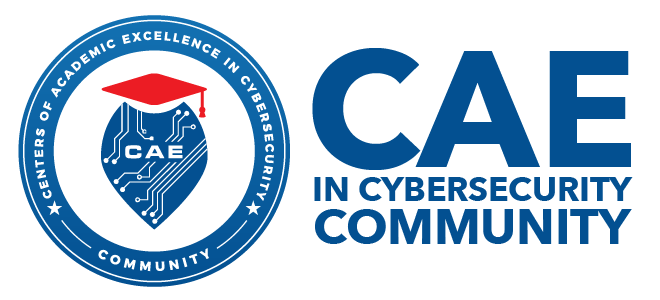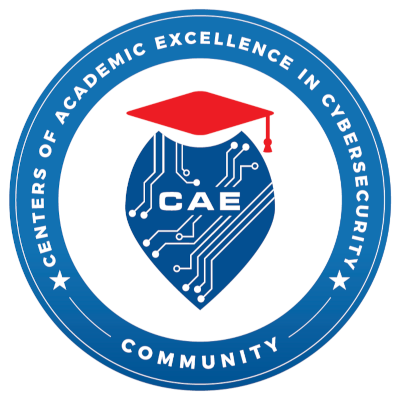CTE CyberNet: Strengthening the Nation’s Cyber Workforce
Career and Technical Education (CTE) CyberNet seeks to increase the number of CTE teachers who can effectively prepare students for cybersecurity education and careers. CTE CyberNet is driven by a local academy approach to help teachers deliver more rigorous CTE cybersecurity programs of study aligned to industry standards and industry-valued certifications. The academies give educators strategies and tools to impart the knowledge, skills, and abilities outlined in the National Initiative for Cybersecurity Education (NICE) Cybersecurity Workforce Framework.

